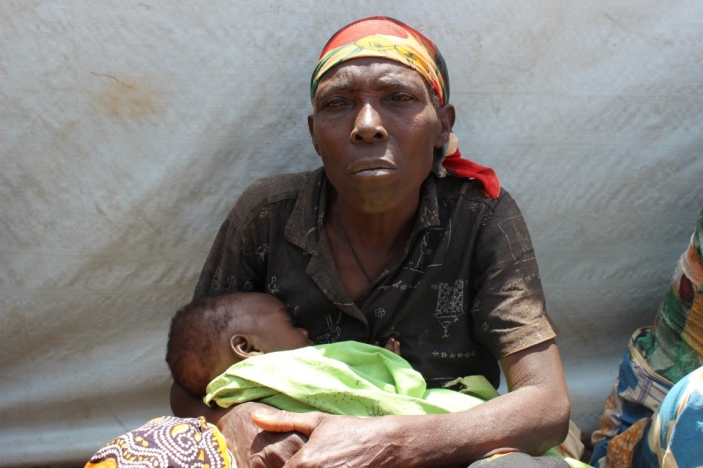
Burundian refugee ponders what the future holds for her as her country sliders into more sustained violence
Amid a crackdown from ruling party supporters and notorious youth militia called ‘Imbonerakure’ who hunt down anybody trying to escape the increasing violence, Burundians are willing to take more risks than stay in their country.
They are traveling at night, through bushes and using non-gazetted entry points to find safety from the chaos inside their country.
Since the Burundi crisis erupted in April last year, tens of thousands have crossed into Rwanda – some living in camps and others staying with either Rwandan families or renting own homes.
Rwanda hosts more than 100,000 Burundian refugees. A significant majority of them entered via established posts through Kirehe, Ngoma, Bugesera, Gisagara and Nyaruguru districts which border Burundi to the north. Some parts of the border region are very hospitable with well-established communities on the Rwandan side.
However, in recent months, there is a growing dark and painful side to the Burundi ordeal. Burundian government has closed off a number of exit points at the borders with Tanzania, Rwanda and the Democratic Republic of Congo (DRC).
Using a network of its supporters – mainly the youth militia ‘Imbonerakure’, those caught trying to leave their villages face uncertain survival.
The Imbonerakure is the youth wing of the ruling National Council for the Defense of Democracy (CNDD-FDD) party of President Pierre Nkurunziza.
They have composed anti-Tutsi songs and hold orchestrated demonstrations on weekends brandishing banners with ethnic messages inscribed on photos of Rwandan officials.
One particular spot is visible for all to see. On the Rwandan side of Nyaruguru district – precisely Karangombe cell of Busanze sector, there is a group of men roaming daily on the Burundi side of the border which is Kabarore commune. Standing on the hills on the Rwandan side, there is a clear view of the stick-wielding men. They patrol the area.
Local media in Rwanda have repeatedly carried photos of what are reportedly militia members loitering around the border area. They only leave around midday – probably to go for lunch. It is not entirely clear if they stay there during the night or break off due to darkness.
Well aware they are not allowed to leave Burundi by their government; the poor villagers – who are bearing the brunt of conflict, are taking no chances. They are taking advantage of darkness.
Refugees have resorted to using “shortcuts” – non-official roads – through forests to join Burundi’s neighbouring countries. For the case of Rwanda, they are going as far as via Nyungwe forest covering Nyamasheke and Rusizi districts – in south western Rwanda.
For months, local officials have witnessed steady stream of Burundian refugees. They come in small numbers, often from the same family.
In the wee hours of this past Sunday night, nine (9) people surfaced at the local office in Karengera sector of Nyamasheke district, which borders Cibitoke prefecture of Burundi.
They had Burundian national IDs with specific address of this prefecture. The new arrivals were composed on two men, their wives and children aged between 12years and 22 years.
The refugees told local officials they had come to register and that they cannot go back to Burundi. As of press time, they were being housed at the compound of Karengera sector offices as officials link up with refugee affairs department.
Their experiences are typical. They had been travelling for days, spent the nights sleeping in the cold, hard, dusty bushes through various Burundian villages to get to Karengera sector.
At the Rwandan border in Kirundo and at the Tanzanian border in Muyinga, police reportedly work with Imbonerakure – where they have been forbidding canoeists, whose job to help people cross the border, defined by a river.
As the conflict shows no sign of lessening but rather taking on a more sustained path, whatever the Burundian government does, will not stop its people doing anything to get to safety.


